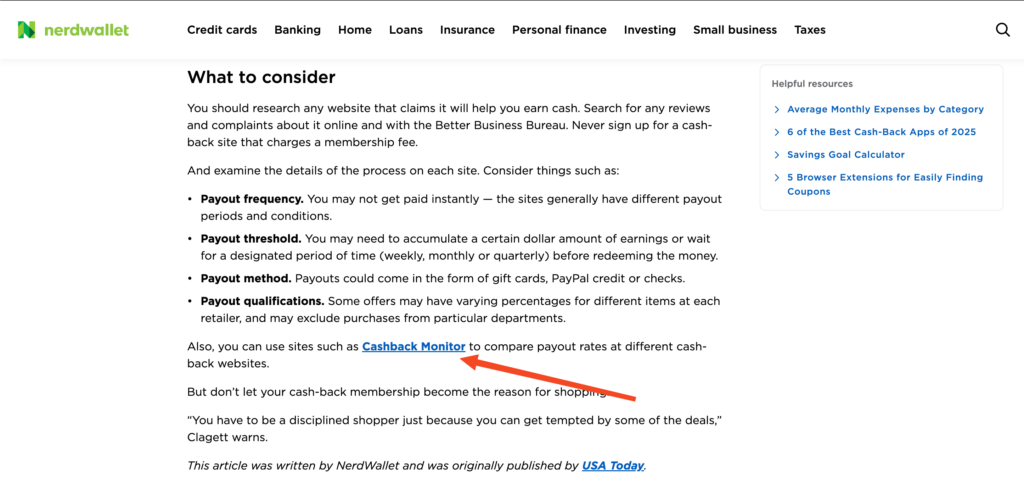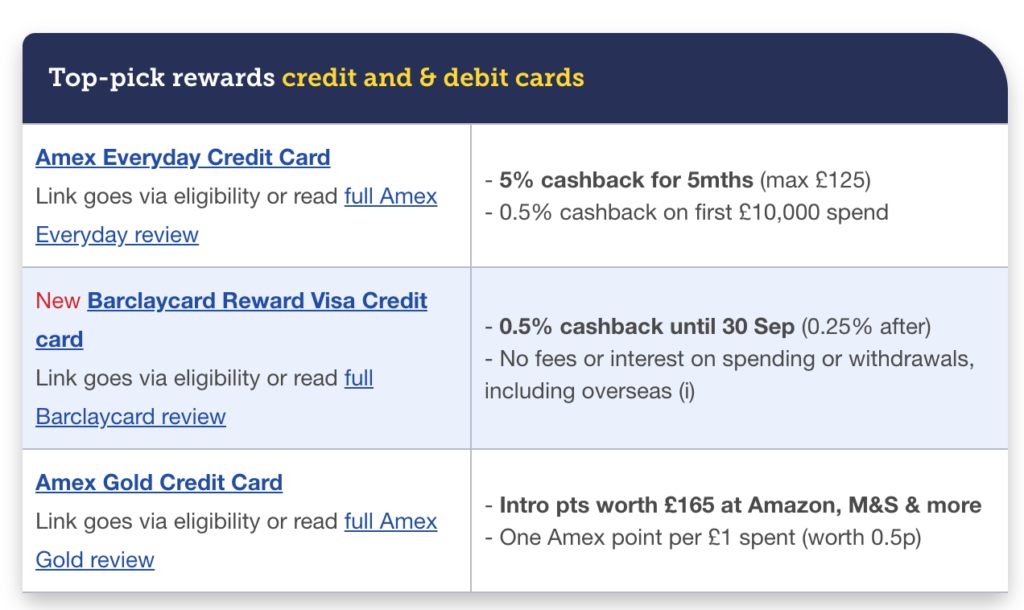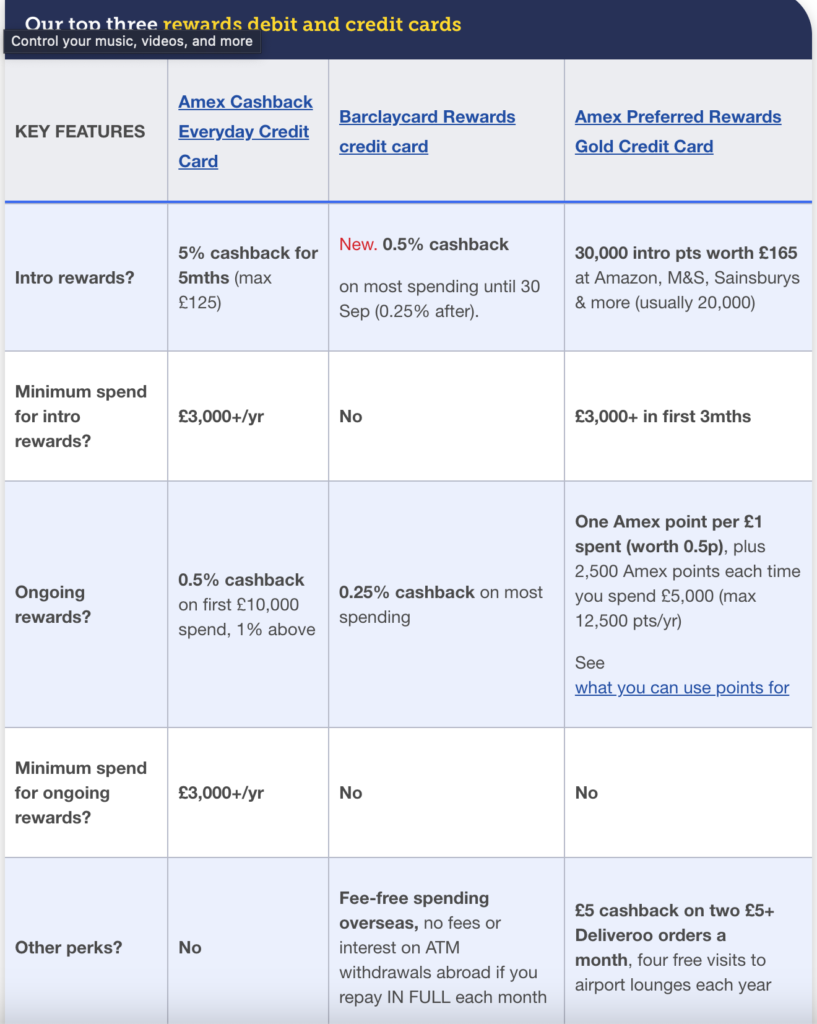You can double your affiliate revenue without increasing traffic—if you know where to place affiliate links in articles.
Yet, most finance blogs fail not because of bad products or irrelevant content, but because their links are hiding in plain sight. Placement isn’t just a UX concern—it’s the silent driver of user behavior affiliate link placement, influencing trust, click-through rates, and ultimately, commissions.
Why Placement of Affiliate Links Matters in Finance Articles
Where to place affiliate links in articles matters because strategic positioning directly affects user engagement, intent recognition, and the affiliate marketing conversion rate optimization process in finance-specific content. Finance readers aren’t browsing for entertainment—they’re searching with purpose. Whether it’s opening a high-yield savings account or selecting a robo-advisor, every link must meet them at the intersection of intent and trust.
Affiliate content in the finance niche operates under a distinct psychological profile. These readers are typically cautious, analytical, and often researching large monetary decisions. Unlike lifestyle niches, casual clicks are rare. This makes best placement for affiliate links finance not just about visibility, but contextual timing—offering the right suggestion at the precise moment a reader is most engaged. It’s not just where the link is—it’s what cognitive phase the user is in when they see it.

Poor link placement can even trigger subconscious distrust. A link jammed unnaturally into a block of text or clustered with aggressive CTAs can signal manipulation. For YMYL (Your Money or Your Life) content, this is especially risky. Google’s evaluation systems pay attention to both structure and perceived authoritativeness, making affiliate disclosure finance blog and responsible placement essential not just for ethics, but also for affiliate link SEO finance.
Finally, placement affects dwell time. A well-positioned link encourages a logical click-out. A poorly positioned one breaks the reading rhythm. In finance, where bounce rates are heavily monitored, the wrong link at the wrong time not only loses conversions—it can destroy user trust permanently.
Above the Fold vs Below the Fold: Which Converts Better?
“Above the fold” refers to the portion of a webpage that is visible without scrolling. “Below the fold” is everything the user sees only after they scroll down.
Above the fold affiliate links convert better when aligned with immediate transactional intent, but this doesn’t make them universally superior. In finance, the first scroll zone is often reserved for establishing credibility. Placing a CTA too early can result in friction, especially if the reader isn’t yet convinced the content holds value.
Finance users above the fold are usually in discovery or verification mode. They want clarity on whether they’re reading credible guidance or just another affiliate pitch. Introducing affiliate links before this trust barrier is crossed may cause the reader to recoil. In cases where user intent is mid-to-low funnel (e.g., “best no-fee ETFs”), above-the-fold links may convert—but only if the contextual justification is strong and supported by affiliate link anchor text examples that mirror the user’s query.
Below the fold placements typically benefit from informational momentum. Once the reader is engaged and perceives the page as helpful, they become more receptive. It’s not uncommon for finance articles to see higher CTRs on links placed just after a strong comparative analysis or mini-case study.
However, scroll depth analytics often show a steep drop-off after the midpoint of long finance articles. So while below-the-fold can convert well, links should still be placed before reader fatigue sets in. A/B tests suggest optimal placements fall between paragraph 4 and 7—far enough to build authority, but early enough to capture engaged users.
In-Content Links vs Sidebar Links: What Works for Finance Content
In-content links are placed within the main body of the article, embedded in the flow of text. Sidebar links appear on the sides of the webpage, often in separate columns or widgets.
When comparing sidebar vs in-content links, in-content affiliate links consistently outperform side placements in finance articles due to their proximity to user focus and narrative flow. Finance readers are trained to read for specifics, not distractions. Sidebars are often skimmed past, especially on mobile where they may not appear at all.
The modern finance content reader rarely multitasks their attention across the entire layout. Their eyes follow the content, sentence by sentence, creating a tight tunnel of attention. Sidebar links suffer from what is known in behavioral design as “ad blindness.” Even when they are technically visible, they are cognitively ignored.
In contrast, in-content links benefit from semantic alignment. If a paragraph discusses comparing robo-advisors based on annual fees and directly anchors to a relevant calculator or sign-up page, that link feels organic. It’s positioned not as a pitch, but as a tool—something which increases link placement conversion rate.
Moreover, sidebars often fail to scale properly on mobile devices, where more than 70% of finance blog traffic tends to originate. This misalignment can bury or completely remove those links from user view, sabotaging any finance blog monetization with affiliate effort reliant on them.
How Contextual Anchors Improve Affiliate Link Performance
Anchor text is the visible, clickable text in a hyperlink. For example, in the phrase “compare credit cards,” the words “compare credit cards” would be the anchor text.
Contextual anchors improve affiliate link performance by aligning the user’s mental model with the linked solution. A phrase like “best high-yield savings account for 2025” is not only descriptive but matches the long-tail search behavior of finance audiences. These affiliate link anchor text examples outperform vague anchors like “click here” by offering clarity and immediate perceived value.
Contextual linking also increases semantic density around keywords, improving topical relevance—crucial for finance content SEO affiliate. Google’s NLP systems weigh anchor context when evaluating link usefulness, and vague or over-optimized anchors may lead to devaluation.
Well-crafted contextual links also offer behavioral priming. When a reader encounters a sentence explaining the benefit of tax-loss harvesting and immediately sees a link labeled “tax-optimized robo-advisors,” their likelihood of clicking is influenced by the surrounding educational scaffolding. This priming method often goes unnoticed in casual niches but is essential for finance.
Repetition across multiple contextual angles can also lift performance. For instance, varying anchors like “compare Roth IRA providers” and “low-fee Roth IRA options” linked to the same destination helps capture varied user intents while feeding into more robust affiliate link tracking finance insights.
How Many Affiliate Links Should You Use in a Finance Blog Post?
The ideal answer to how many affiliate links per page in a finance blog post depends on content length, complexity, and search intent, but generally ranges from 3 to 8 in long-form articles. Overlinking reduces trust, especially in content discussing sensitive financial decisions. Finance readers are trained to detect commercial bias quickly.
The algorithmic impact of overlinking is also a risk. Excessive outbound links marked “sponsored” can dilute topical authority and trigger soft penalties. It’s not only the number but the distribution of affiliate links that matters. Clustered links feel like aggressive monetization; spread-out, contextually justified links feel like helpful additions.
In high-stakes finance niches—mortgages, credit cards, or investing—each affiliate link should ideally follow a justification block. This structure ensures that the link serves a user need rather than a publisher intent. Think of each link as a conversation checkpoint. If the user wouldn’t logically ask for a tool or product at that point in the text, don’t insert a link there.
Lastly, link count should always be viewed in relation to affiliate marketing conversion rate optimization data. If a 1,500-word post with 10 links sees lower CTRs and higher bounce than a 2,000-word post with 6, the issue isn’t just link density—it’s psychological overload.
Where to Add Affiliate Links in Product Comparison Tables
When adding product comparison affiliate link placements in tables, prioritize the CTA buttons rather than embedded text links within rows. Readers use tables for quick scanning. The button, especially if visually distinct, becomes the focal conversion node. It must be contextually labelled—“View Fees,” “Open Account,” or “Compare Terms”—rather than generic CTAs.

Buttons placed at the end of each row generally perform better than those at the start, as the user processes the data left to right. Placing the link too early disrupts the information intake process. If you’re using floating tables on mobile, ensure link buttons are sticky or duplicated at scroll endpoints.
For tables longer than five rows, include a summary row or “Editor’s Pick” highlight with a single CTA link. This keeps the best link position for finance content accessible without user fatigue from scanning the entire table.

Avoid duplicating links for the same product within the table. Instead, pair each product with one highly relevant action link. Repeating links may feel manipulative and trigger compliance flags on platforms concerned with affiliate link SEO finance.
CTA Placement Best Practices for Affiliate Finance Pages
CTA buttons perform best when placed after mini-conclusions or logic-based transitions. A CTA after a paragraph analyzing annual fees or breaking down risk tolerance allows the user to feel informed before being nudged. That informed state is the psychological sweet spot for clicks.
The most effective CTA position affiliate marketing tactics in finance pages combine contrast, timing, and justification. A CTA must visually stand out but not scream for attention. Rounded buttons in a subdued brand color often outperform aggressive color patterns because they preserve authority.
One effective pattern involves placing a primary CTA after the initial analysis and a secondary one in the final summary. This bracketing approach increases total clicks while respecting pacing. If the article ends with a strong final recommendation, a CTA right beneath it can double conversion rates.
Avoid sidebar CTAs as primary conversion levers. Use them only for secondary offers or newsletter captures. Finance readers expect calls to action to be part of the educational flow—not hovering around the content perimeter.
Linking in List Posts: Top Positions to Maximize Clicks
In list posts, the best link position for finance content is in the first and last 3 items of the list. These are the positions where user attention spikes due to the primacy and recency effects. A 10-item list about “best robo-advisors” should have links in positions 1–3 and 8–10, even if the middle items are equally valuable.
Avoid linking every single item unless each has significant differentiation. Otherwise, the list reads like a thinly veiled affiliate roundup. Instead, choose placements based on the unique value each tool or service offers, then tie the link to that value proposition directly.

Each list item should include 1–2 lines of explanation before the link. This primes the reader and offers a frictionless transition to the CTA. Jumping directly to a CTA from a heading feels abrupt, especially in finance where credibility matters more than urgency.
Heatmaps used in heatmap affiliate link optimization show that in longer listicles, users tend to scroll erratically after item 6. Use this behavior by restating comparative advantages toward the bottom to keep attention long enough for final CTAs.
Should You Place Affiliate Links in the Introduction Paragraph?
Placing affiliate links in the introduction paragraph of finance content is generally not recommended unless the user intent is unmistakably transactional. Even then, it must be delicately framed. Finance users at the top of the page are assessing authority, not shopping.
If a link appears too early, it sets off internal alarm bells. The reader may question whether the rest of the content is biased. The introduction should be used to establish the pain point or context—not to convert. A link here works only if it’s embedded in a clearly helpful resource like a rate comparison calculator.
For instance, in a piece about refinancing student loans, a link to a federal loan interest rate chart is acceptable in the intro. A link to a lender? Risky. Placement should serve the story arc. Trust-building precedes conversion, especially in topics involving debt, investing, or retirement planning.
Use scroll data and bounce analytics to test this. If readers are abandoning the page immediately after the first paragraph, and that paragraph contains a link, you have your answer.
Tracking Link Performance by Placement: What Tools to Use
To track affiliate link tracking finance by placement, tools like Google Tag Manager, Hotjar, and Affluent are essential. They offer not only click maps but scroll depth analysis and attribution segmentation—data crucial for evaluating link placement conversion rate impact.
Google Tag Manager allows placement-based triggers. You can tag links in different zones (above fold, below fold, in-table, etc.) and track each separately in GA4. This enables A/B testing by behavioral region rather than by content variant.
Hotjar and similar heatmap tools offer visual insight. If a link has high visibility but low CTR, you likely have a user behavior affiliate link placement issue—either poor anchor text or misaligned intent.
Affluent and PartnerStack offer campaign-specific breakdowns. If your affiliate partners support UTM parameters or sub-IDs, you can track performance down to the paragraph. Use this to inform future content outlines, CTA positions, and finance blog monetization with affiliate strategies.
Is placing affiliate links at the top of a finance article effective?
Yes, especially when the user’s intent is transactional. However, relevance and trustworthiness must be maintained to avoid bounce.
Can I put multiple affiliate links in one finance article?
Yes, but overuse can reduce trust. A balance between informational content and commercial intent is crucial.
What’s the best anchor text for finance affiliate links?
Contextual, benefit-driven anchors like “best high-yield savings account” tend to perform better than generic CTAs.
Do affiliate links affect SEO in the finance niche?
Indirectly. Overuse or poor placement may trigger algorithmic devaluation. Use “rel=sponsored” or “rel=nofollow” properly.
Should I disclose affiliate links in finance articles?
Absolutely. It’s required for compliance and builds trust, especially in YMYL (Your Money Your Life) content.

